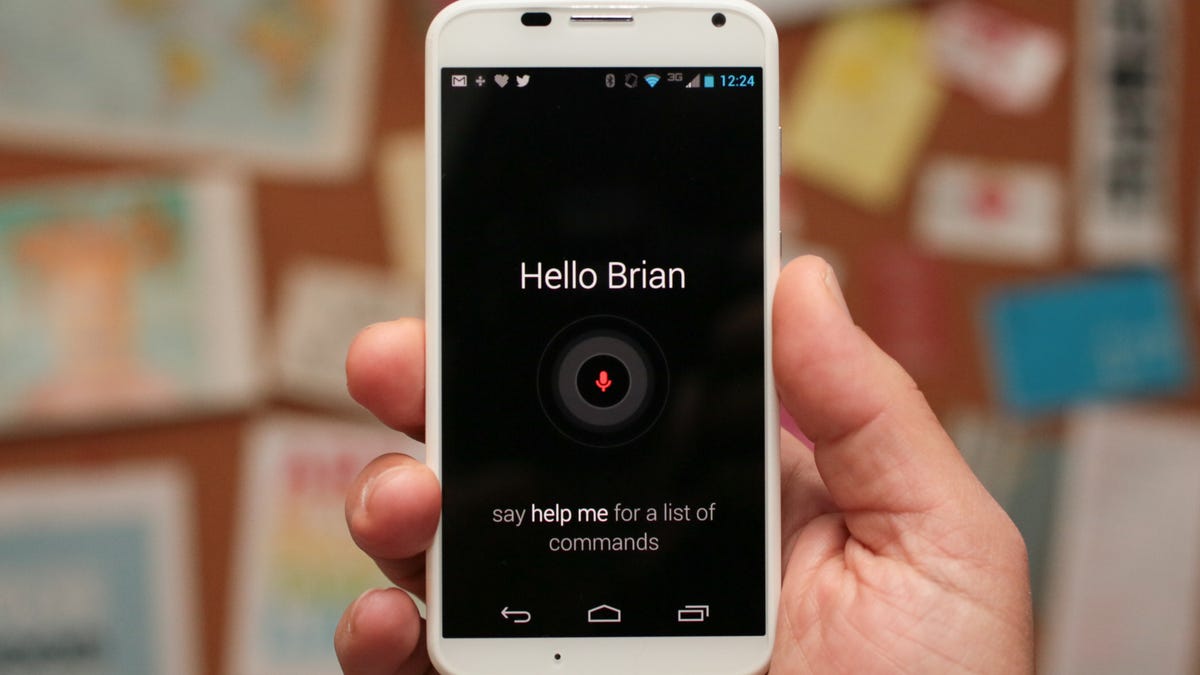How your smartphone uses its co-pilot for good effect
<b>commentary</b> The latest updates to speedy mobile processors grab the attention, but the unsung coprocessors are becoming more important when a phone is moving or at rest.

This year, the smartphone world pushed forward with new generations of some of the most popular mobile processors, including Qualcomm's Snapdragon 800, Nvidia's Tegra 4, and Apple's 64-bit A7. Along with that, recent smartphone introductions have cast light on the coprocessors that handle specific -- some might say mundane -- tasks.
But what those coprocessors may lack in sizzle, they make up for in stamina -- specifically, significantly extending the operating time of your smartphone while yielding new capabilities. Two such architectures have been Motorola's X8, present in its Moto X, and Apple's M7 in the iPhone 5S.
One thing that the two chip stories have had in common has been an amorphous definition. Motorola's X8 architecture refers to its main CPU -- a Qualcomm Snapdragon S4 -- plus two Texas Instruments digital signal processors (DSPs). (Google also has recreated the experience using the Snapdragon 800 in the new Nexus 5.) Similarly, teardowns of the iPhone 5S initially revealed no chip labeled M7, but further investigation showed it to be a coprocessor made by a chip company called NXP. In both cases, the architectures are focused on sensor data. But that's where they diverge. While the X8 is invoked primarily when the Moto X is idle, the M7 gets to work once you're in motion.
The chips that create the X8 architecture are focused on two signature features of the Motorola Moto X. One is responsible for presenting the time and recent notifications even when the screen is blanked. Some Nokia Lumia models also can show the time when the phone is inactive, but Motorola says its implementation is more power-efficient.
The other DSP is responsible for listening to voices. As long as the phone is within earshot, saying "OK, Google Now..." will enable it to respond to simple queries or tap into virtually anything Google Now can access. Think of it as a Siri function that doesn't require you to press the iPhone's button to be activated.
Apple refers to the M7, on the other hand, as a motion coprocessor. It collects sensor data from integrated accelerometers, gyroscopes, and compasses, even when no appropriate app is running and without needing a Bluetooth connection to some external motion-tracking device such as a Fitbit or Jawbone Up. The first few apps have begun tapping into the M7, which is accessed via Apple's CoreMotion API.
One online report of someone who installed a fitness-tracking app was surprised to see several days' worth of data available the first time the app was opened. The M7 may not wipe out the market for external motion-monitoring companions for the iPhone 5S, but it will likely serve to help more consumers quantify their daily movements.
At least as far as the opening round is concerned, Motorola seems to have used its DSP functionality to better effect, creating differentiated features that make a difference in the hands-off usability of its device. The M7 is just taking over duties that have been handled by the iPhone before. However, Apple has opened up the M7 to third parties, which -- when combined with iOS 7's new multitasking features -- may ultimately be able to use it to create smarter, context-aware apps for things like driving than we've ever seen on the iPhone or elsewhere.

